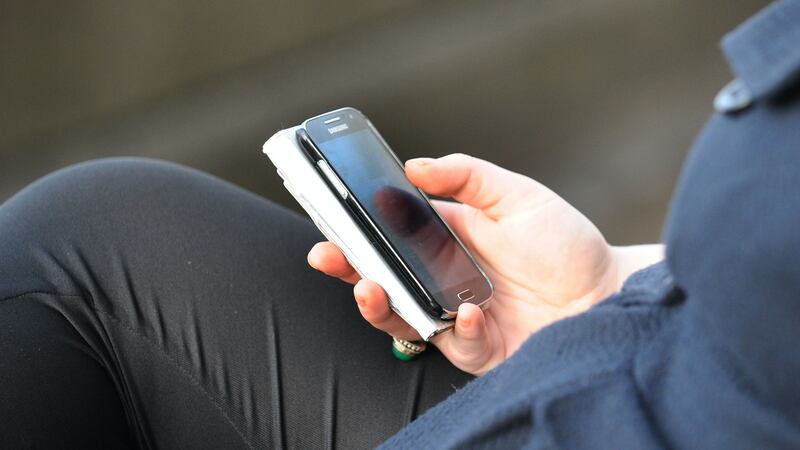From time immemorial human beings have been interested in the world around them.
Their curiosity has driven technological progress and led to a quality of life unimaginable even fifty years ago.
When my family arrived in Bryson Street in the Ballymacarrett-Short Strand area in 1963 there were three cars in the street of fifty houses, two telephones and a few televisions.
Forty years later members of my family had three cars in the driveway, several mobile phones in the house and a television in each room.
Technology has changed our lives – mostly, but not always for the better.
The problem is not that technological advances are inherently bad. It is the way human beings use the advances which cause problems.
Nowhere can this be seen more clearly than in the threat to the planet’s existence by global warming.
This existential threat forces us to review how humans should protect the planet and how they should change society, from an obsession with commodities as a benchmark of happiness, to a society which values human beings first and foremost.
It is around this notion of respect for human beings that a new society should be built, focused on human needs in areas such as health, education, economic security and human rights.
It is with this focus in mind that conversations about a new society, which harnesses human ingenuity and technological progress, should be conducted.
At this year’s Féile an Phobal a fascinating lecture on the impact of rapid technological change, driven by developments in Artificial Intelligence (AI), examined the dilemma facing us today.
Unlike intelligence displayed by humans and animals AI is driven by computational power. It transforms input into output, and it advances automated and increasingly autonomous decision-making.
Dr Birgit Schippers, Senior Lecturer in Politics at St Mary’s University College Belfast, spoke on the theme of ‘Artificial Intelligence and the Challenges to Human Rights’.
Dr Schippers set the framework for the lecture by saying that it was “difficult to imagine one area of human life/activity that has not been touched by AI”.
Of course, it is important to recognise the valuable contribution of AI across a broad spectrum: from global communication and global connection to medical diagnosis and treatment, environmental protection, manufacturing, education, social care and traffic control.
In our homes, our private lives and in the workplace, we use items such as mobile phones, robotic vacuum cleaners and lawnmowers, ‘fit-bit’ watches, smart cars and home security – tools that are propelled by artificial intelligence.
AI systems are also used in human rights work. For example, they can track, record and publicise human rights violations.
AI applications help to mobilise political and human rights activists in their campaigns for justice and equality across national borders.
But Dr Schippers emphasised that we need to address AI’s capabilities to “dilute, undermine and threaten our human rights”.
A principal concern is the growing shift from human decision-making to machine-generated “automated and autonomous” decisions.
It undermines the principles of accountability and responsibility. And it is contrary to the right not to be subjected to automated decision making.
There is a real worry that the decision-making capacity by intelligent machines and systems will be used to undermine the hard-won progress of long and costly campaigns. Campaigns that fought for equality and non-discrimination; the right to privacy, freedom of expression, assembly and association.
The use of AI applications also blurs the boundaries between the responsibilities of democratic states and the commercial interests of private companies.
This is very worrying, especially when AI is used in sensitive areas such as public order, security and intelligence, and border control.
It is particularly concerning when AI systems are used to undermine the integrity of democratic processes and elections.
One of the most controversial uses happen in the field of biometric technologies.
They range from CCTV surveillance cameras scanning crowds and analysing facial images with the help of facial recognition technology; reading emotional responses; or – as in the case of a secondary school in Kilkenny – using facial recognition technology to monitor school attendance.
As Ms Schippers has demonstrably pointed out, human beings and technology are compatible but there is a real need for robust and effective human rights protection.








